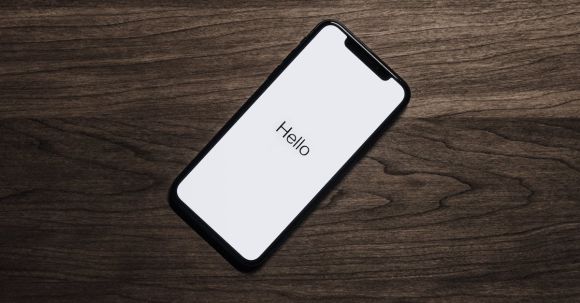Mobile operating systems play a vital role in the functioning of our smartphones and tablets. They are the software platforms that allow us to interact with our devices and run various applications. With the ever-evolving technology landscape, it is crucial to understand the different types of mobile operating systems to make informed decisions when purchasing a new device or developing mobile applications. In this article, we will explore the three major mobile operating systems: Android, iOS, and Windows.
Android: The Open-Source Powerhouse
Android, developed by Google, is the most widely used mobile operating system globally. Its open-source nature has contributed to its popularity among device manufacturers and developers. Android offers a high level of customization and flexibility, allowing users to personalize their devices to suit their preferences. With a vast range of devices available, from budget-friendly options to high-end smartphones, Android caters to a diverse user base.
The Play Store, Android’s official app marketplace, provides users with access to millions of applications. Additionally, Android supports various file formats and allows users to easily transfer files between devices. The platform also integrates well with Google services, making it seamless to access Gmail, Google Maps, and other Google apps.
iOS: The Seamless Apple Experience
iOS, developed by Apple, is exclusively available on Apple devices such as the iPhone and iPad. Known for its sleek design and user-friendly interface, iOS offers a seamless and integrated experience. Apple’s closed ecosystem ensures a high level of security and privacy for users. The App Store, Apple’s official app marketplace, boasts a wide range of applications that are curated and vetted by Apple for quality and security.
One of the key advantages of iOS is its strong integration with other Apple devices and services. The ecosystem allows for effortless synchronization of data across devices, making it convenient for users who own multiple Apple products. Additionally, iOS provides a smooth user experience with intuitive gestures and animations, enhancing the overall usability of the device.
Windows: The Versatile Choice
Windows, developed by Microsoft, is another mobile operating system that offers a unique experience. While not as widely used as Android or iOS, Windows provides a versatile platform that seamlessly integrates with Windows-powered PCs and laptops. This integration allows for a unified experience across devices, with features like Continuum enabling users to switch between desktop and mobile modes seamlessly.
The Microsoft Store, Windows’ app marketplace, provides users with a range of applications, including both mobile and desktop apps. Windows also supports universal apps, which are designed to run on multiple device types, offering developers a versatile platform for application development.
Conclusion: Choosing the Right Operating System
In conclusion, understanding the different types of mobile operating systems is essential when making decisions about smartphones and tablets. Android offers a customizable and flexible experience, while iOS provides a seamless and integrated Apple ecosystem. Windows provides a versatile platform that bridges the gap between mobile and desktop experiences.
When deciding on a mobile operating system, consider your preferences, needs, and the ecosystem you are already invested in. Each operating system has its strengths and weaknesses, so choose the one that aligns with your requirements and enhances your overall user experience.




